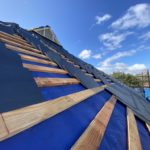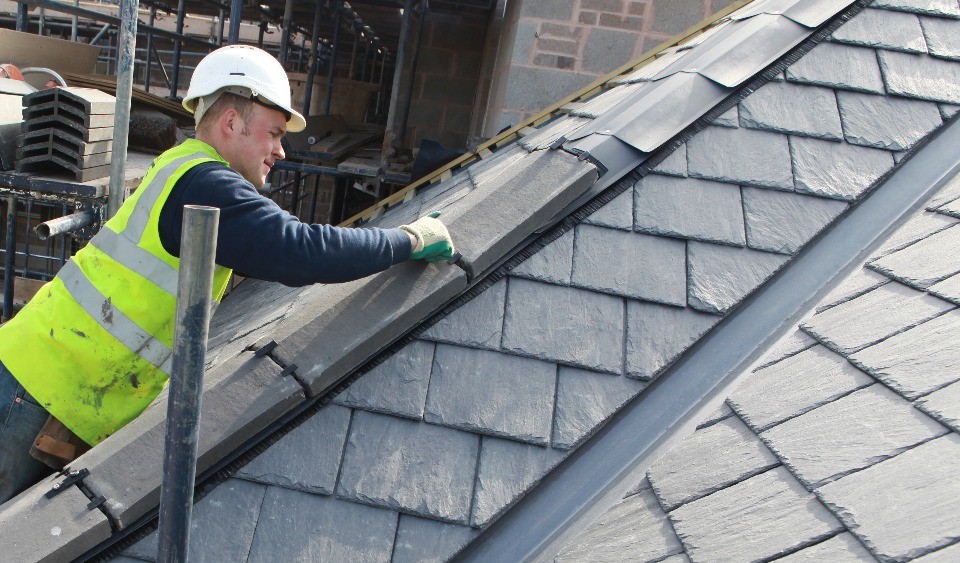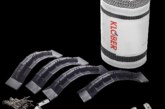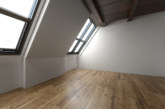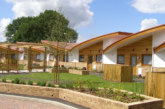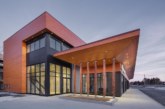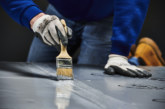For housebuilders and developers working on premium housing projects, the opportunity to raise the roofing standard should not be missed. Nick King, Area Account Manager at Klober, explains some of the key roofing product considerations to improve performance and add kerb appeal.
When it comes to premium housing projects, the roofing element of the project can still often be treated as an afterthought. It is a missed opportunity to not invest in the roof, however, as there is a huge difference in quality across the market. The longevity and protection that a secure, weatherproofed, and well-ventilated roofing system provides cannot be undervalued. Additionally, when choosing to go premium, housebuilders will have a much greater choice of materials and aesthetic possibilities in order to boost kerb appeal.
The following product considerations provide a number of different solutions for an array of roofing applications, and demonstrate how housebuilders can benefit from specifying added-value products.
Breathable membranes, especially ones that are both vapour and air permeable, are the best type of underlay for developments that want to benefit from reduced risk of condensation. Because new homes tend to be more airtight and at a greater risk of condensation, this is a particular concern.
Approved air open and vapour permeable options allow water vapour to exit freely without the need for separate ventilation above the roofing insulation. When no additional ventilation is required, more design freedom is made possible as the roof does not need to factor in additional ventilation. For complex housebuilding projects, such as apartment buildings, this is advantageous. Having a superior breathable membrane product also particularly helps during the drying out period of a building.
It should be remembered that approval is required to prove that breathable membrane products do not require additional forms of ventilation. The National House Building Council, for instance, recognises Klober’s Permo Air membrane as being air open as well as vapour permeable because of having relevant British Board of Agrément approval.
For membranes that are required for low-pitch roofing applications, it is important to choose products that have been specifically developed to precisely deliver solutions where other membranes can’t. This needs careful product selection, in order to solve the challenges represented by low pitch roofing, such as water collecting and the increased likelihood of water ingress.
Premium products such as Klober’s Permo Extreme, caters for pitches as low as 12.5º for profile tiles, 15º for slates and 22.5º for plain tiles. Permo Extreme is also much stronger than the average underlay on the market, in order to greatly reduce the risk of ripping and tearing whilst installation takes place. This added strength helps to save time on-site by reducing the amount of remedial work required to patch tears.
Enhancing airflow and efficiency
For projects with additional ventilation requirements, housebuilders can consider opting for colour matching services of tile vents for a seamless finish, in fact this is a service Klober offers. There are many different colours and styles depending on the roofing application, including those which follow the contour of the roofing tiles to provide an uninterrupted roofing-line.
When considering premium roofing properties, it is also important to ensure compatibility with energy efficiency technologies, such as Solar PV panels. This is where solar compatible roofing tile accessories come to the fore. They allow cables and water pipes for solar panels to pass through the roof without compromising the water tightness or the aesthetics.
The traditional usage of mortar to seal vulnerable areas of the roof, such as around the verge, will more than likely lead to cracking in the future, so it is worth investigating dry fix techniques instead. A dry verge unit is very low maintenance, and while mortar can degrade over time dry ridge systems retain their quality for years to come.
Diverting from traditional lead-based flashing roofing products is another option for housebuilders who want to prioritise safety and decrease the risk of theft and associated damage. This is in addition to reducing installation time when protecting junctions between the wall and the roof from weathering.
Klober’s Wakaflex product is one example of how materials innovation is improving the selection of roofing products available to housebuilders. Wakaflex offers a non-toxic and flexible solution, which can easily be stretched and moulded to use on abutments and chimneys. It is lighter than traditional lead flashing and is able to self-weld without the use of adhesive, so it very easy and neat to install. Wakaflex is also a more cost-effective option when compared to lead-based flashing products, which demonstrates how specifying superior products doesn’t always have to come at a premium.
Why premium?
While keeping to budget will always be a primary objective during the building process, it is important to realise that value-engineering of products to make initial savings, will not necessarily provide greater value in the long run. If a roof does degrade prematurely, housebuilders will generally be contractually responsible to make repairs in the first year, so it is important to get it right first time. Choosing roofing products that have added-value qualities, will help to ensure that this happens.
To continue to raise the roofing standard, it is important to carefully consider the roof and remember that the true cost is relative not only to the price, but also to the performance and how long it will last. Housebuilders should consider the breadth of options when it comes to the roof and explore the different products available to them, such as those discussed in this article, with the help of manufacturers like Klober.

